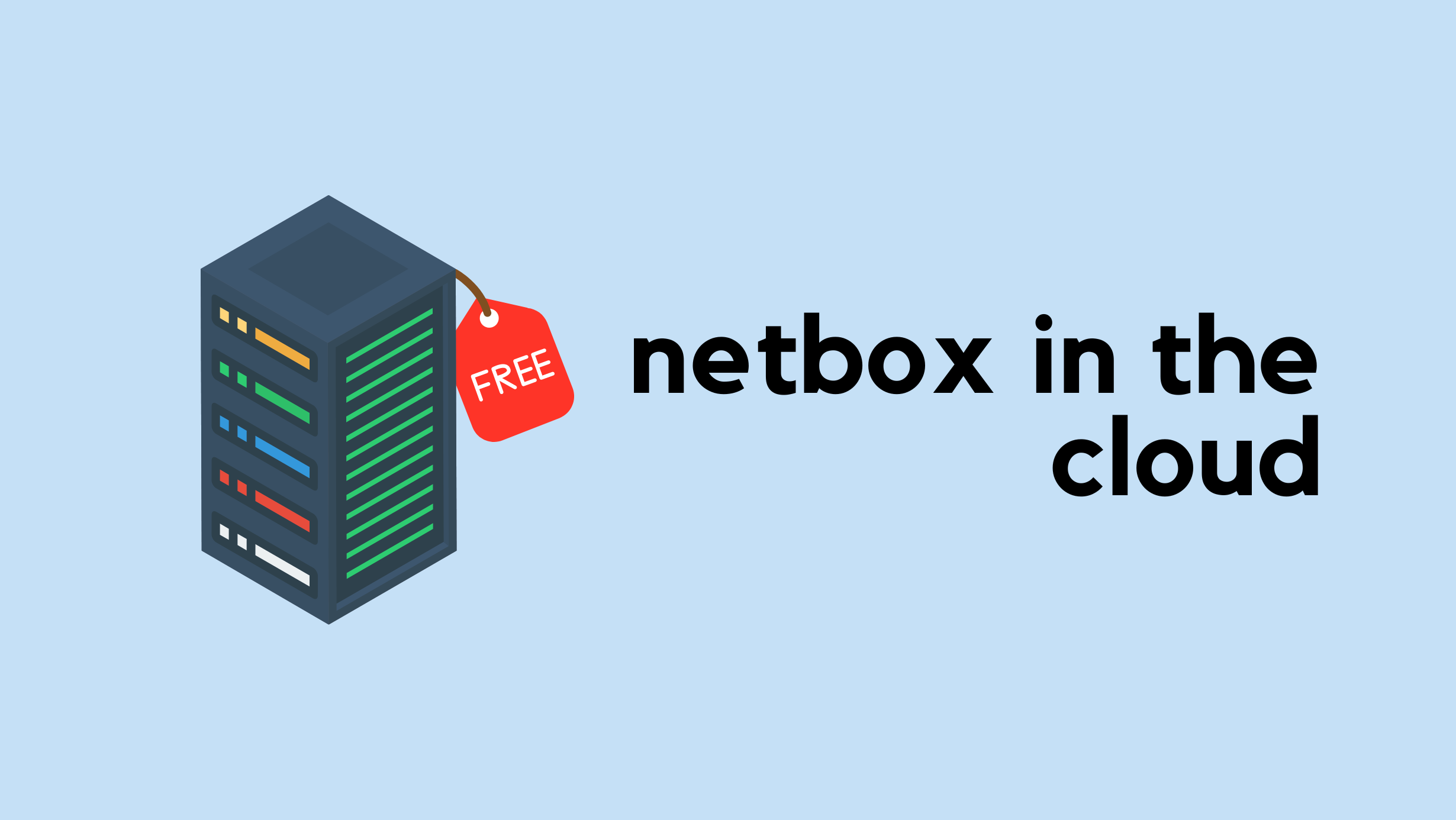0
For DevOps and platform teams working with containers and Kubernetes, reducing downtime and improving security posture is crucial. A clear understanding of network topology, service interactions, and workload dependencies is required in cloud-native applications. This is essential for securing and optimizing the Kubernetes deployment and minimizing response time in the event of failure.
Network observability can highlight gaps in network policies for applications that require network policy controls to reduce the risk of attack from unsecured egress access or lateral movement of threats within the Kubernetes cluster. However, visualizing workload communication, service dependencies, and active and inactive network security policies presents significant challenges due to the distributed and dynamic nature of Kubernetes workloads.
Why is network observability difficult with Kubernetes workloads?
Kubernetes scales up and scales out pods and creates and destroys services depending on real-time business requirements, resulting in dynamic network connections for each workload instance. Network access policies defined for each workload further impact these connections.
In such a scenario, capturing an accurate and up-to-date representation of network traffic, service dependencies, and network policies is difficult. The default Kubernetes implementation provides limited network traffic visibility and policy information, making it challenging for teams to troubleshoot connectivity issues, improve Continue reading





